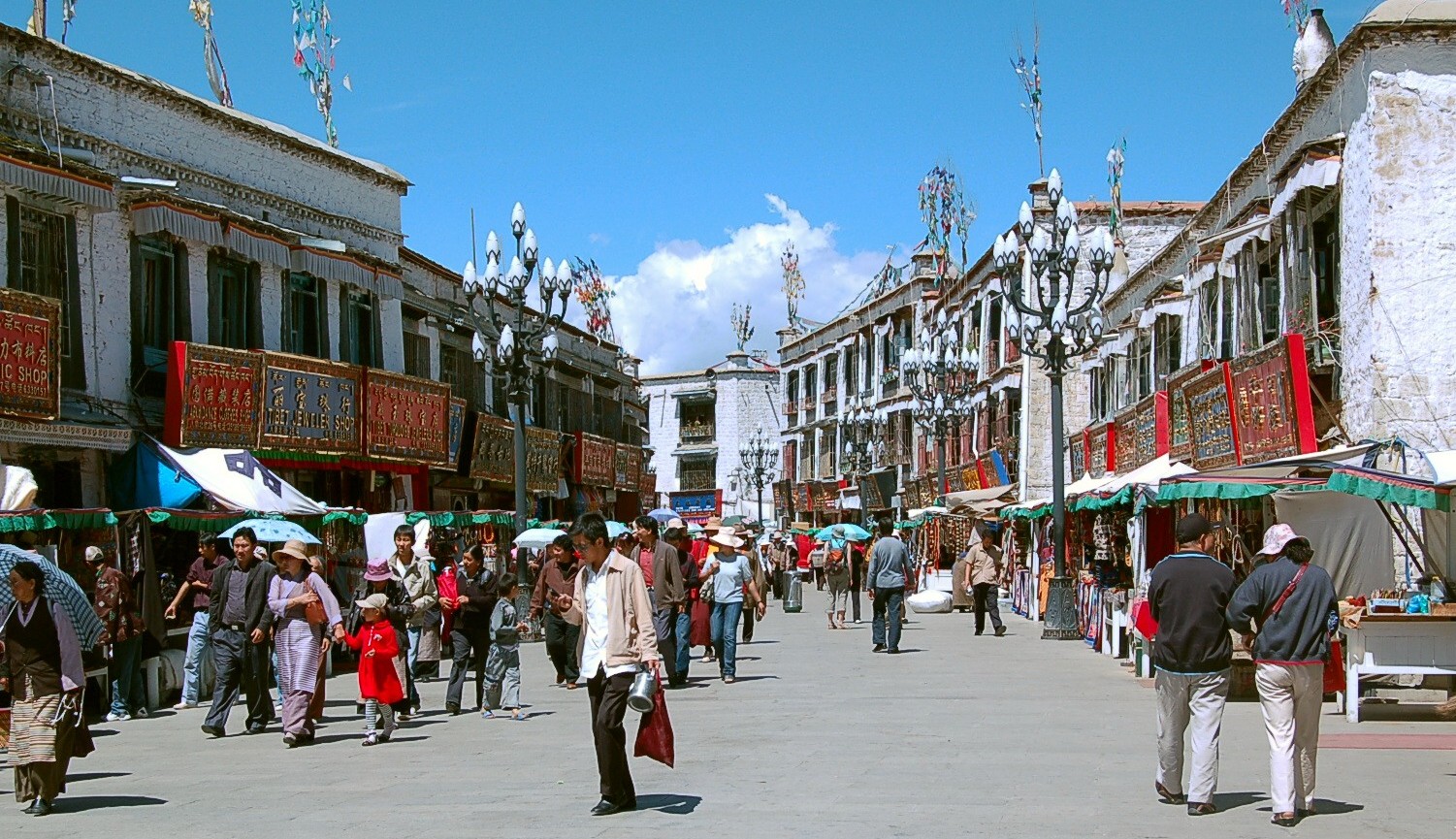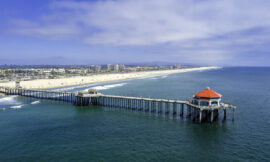Lhasa, often referred to as the “City of Sunshine,” is the capital and largest city of the Tibet Autonomous Region in China. Nestled in a valley surrounded by the Himalayas, Lhasa stands at an elevation of approximately 3,656 meters (11,990 feet) above sea level, making it one of the highest cities in the world. With its rich history, unique culture, and breathtaking landscapes, Lhasa is a city that captivates the imagination and draws travelers from around the globe.
The name “Lhasa” translates to “Place of the Gods” in Tibetan, reflecting the city’s spiritual significance. At the heart of Lhasa lies the iconic Potala Palace, a UNESCO World Heritage Site and one of the most recognizable landmarks in Tibet. This grand fortress-like structure served as the winter residence of the Dalai Lama, the spiritual leader of Tibetan Buddhism, for centuries. Perched on Red Hill, the Potala Palace is an architectural marvel, featuring intricate murals, sacred halls, and countless artifacts that offer a glimpse into Tibet’s religious and historical legacy.
Jokhang Temple, another significant religious site in Lhasa, is a revered pilgrimage destination for Buddhists. Constructed in the 7th century, this sacred temple is a testament to Tibetan architecture and craftsmanship. The Barkhor Street, which surrounds Jokhang Temple, is a bustling market where locals and pilgrims alike engage in commerce and religious activities. The atmosphere is vibrant, filled with the aroma of incense and the sounds of prayers.
Lhasa’s spiritual ambiance extends to the Sera Monastery, where visitors can witness the famous debates among Buddhist monks. This centuries-old tradition is a unique spectacle, showcasing the intellectual rigor and philosophical depth of Tibetan Buddhism. The Drepung Monastery, another significant monastic institution in Lhasa, offers a peaceful retreat and a chance to explore ancient courtyards, chapels, and monk residences.
Beyond its religious and historical landmarks, Lhasa boasts stunning natural beauty. The nearby Namtso Lake, one of the highest saltwater lakes in the world, offers a tranquil escape with its crystal-clear waters and picturesque surroundings. The Yamdrok Lake, surrounded by snow-capped mountains, is another breathtaking destination for those seeking the serenity of nature.
Lhasa’s traditional architecture, characterized by whitewashed buildings adorned with colorful prayer flags, creates a unique and charming cityscape. The locals, known for their warm hospitality, welcome visitors to experience the rich tapestry of Tibetan culture. Traditional Tibetan cuisine, featuring hearty dishes like momos (dumplings) and thukpa (noodle soup), provides a taste of the region’s culinary delights.
Despite its enchanting allure, Lhasa has not been without controversy. The political and cultural dynamics between Tibet and China have fueled international debates and protests. The influx of Han Chinese settlers and government policies affecting Tibetan autonomy have contributed to ongoing tensions.
In conclusion, Lhasa stands as a city that seamlessly blends spirituality, history, and natural beauty. Its awe-inspiring landmarks, vibrant cultural scene, and the warmth of its people make it a destination unlike any other. Whether one is drawn to the spiritual sanctuaries, the breathtaking landscapes, or the cultural richness, Lhasa remains a place that leaves an indelible mark on the hearts of those fortunate enough to experience its wonders.



